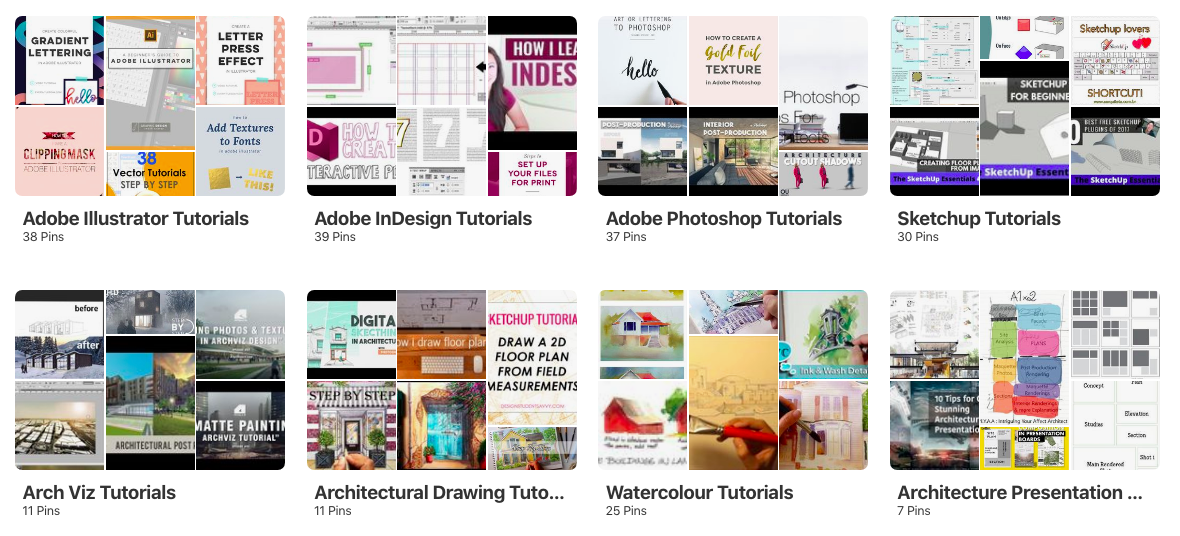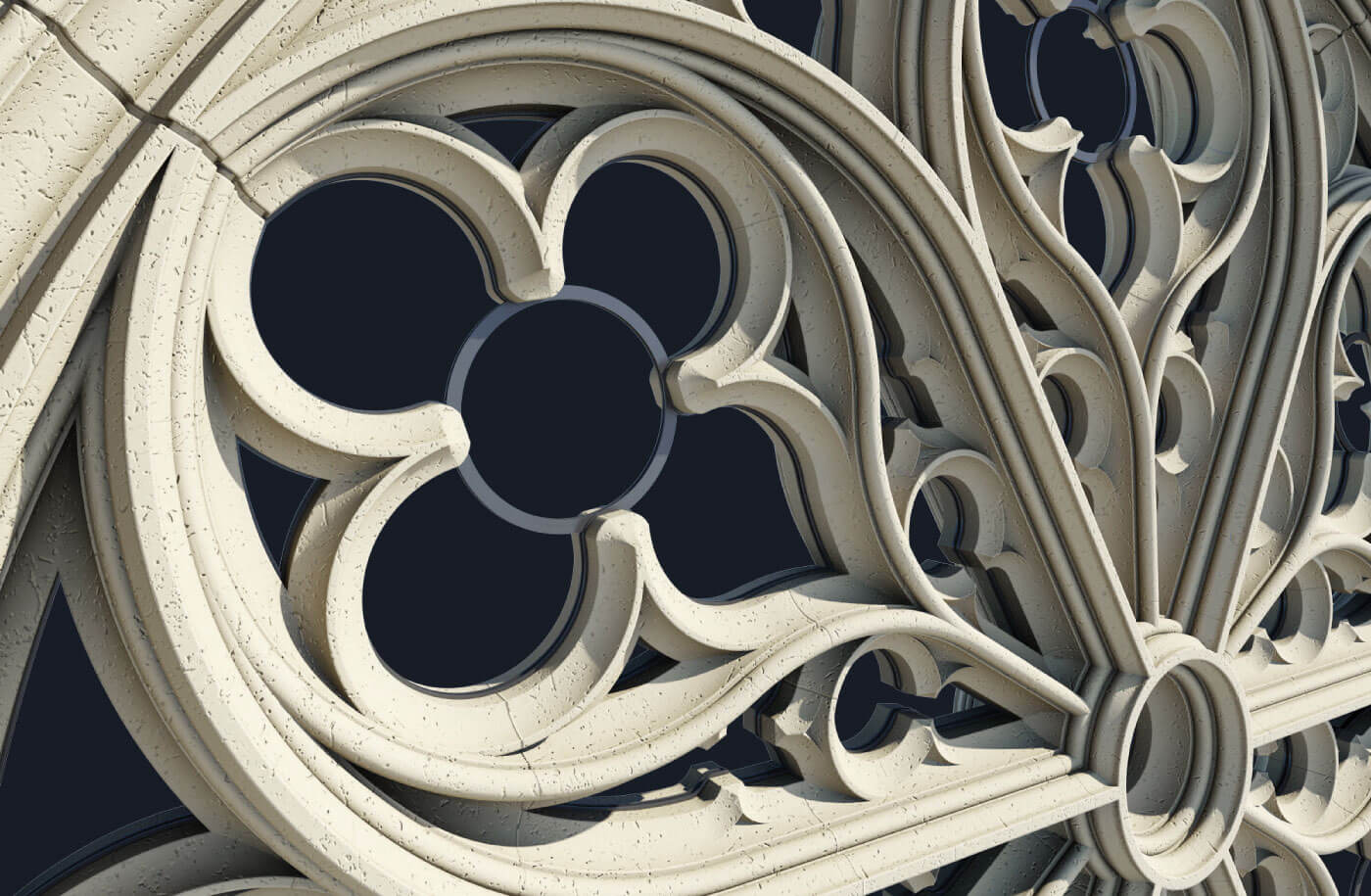
When you work as a designer or an architect, one of the amazing things about it is there are constantly new ideas and new design skills you can learn. In fact, being a lifelong learner is absolutely essential for your success in any design field.
Unfortunately, the biggest hurdle is not having enough time to gain these new skills! Whether it’s learning the latest design software or understanding more about BIM or augmented reality, there never seems to be enough time in the day.
Between work responsibilities, family, and everything in between, how do you find time to hone your visual and graphic skills? Which skills should you work on?
How do you even get started?
Does it mean going back to school? (Hint: the answer is no!)
Personally, I’m obsessed with learning. Gaining new skills as a freelance designer has been important to my development over the past several years. I’ve taught myself ALL kinds of 2D and 3D design programs: ArchiCAD, Revit, Rhino, 3dsMax, Sketchup, Lumion…..and this list is much LONGER. As an online designer, I’ve also learned CSS, HTML, JS, web design, graphic design, WordPress, Squarespace, and a bit of PHP. I’ve learned how to produce videos in Adobe Premiere Pro when I wanted to create videos and tackle new types of projects. I’ve even learned various digital mapping and data visualization tools, including Openlayers, d3.js, and GIS tools.
I understand how it can be hard to find the time to learn design skills when juggling work, life, family, school, and many other things at once, but EVERY SINGLE TIME I invested my time, money, and effort to learn new skills, it was worth it 100 percent. It always positively impacted my freelance design income and my personal development.
In other words, mastering new design skills helped me earn more money, and I got the positive intellectual benefit of learning something new.
That’s a win-win in my book.
As much as I have learned the importance and value of honing my skills as a designer, I also understand the enormous hurdles to getting stuck and not having enough time for it.
In this post, I want to share with you ways to supercharge your design skills and take them to the next level in the most time-efficient way as possible.
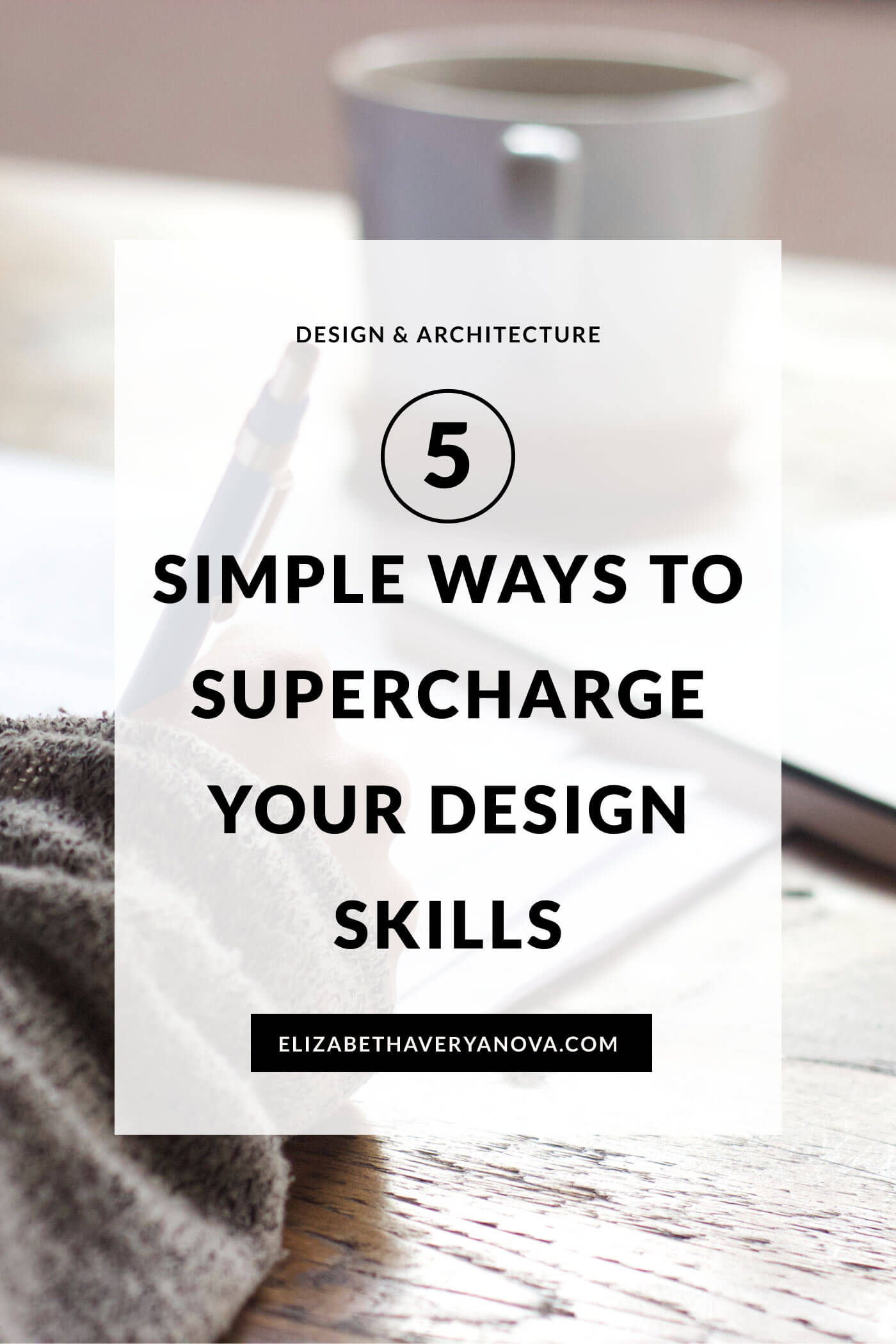
1. Take an Online Course
Taking an online course can fast track your ability to create amazing designs and produce higher-quality work. Online courses can speed up your learning process, improve your CV, and help you make more money, too.
It was only once I became a full-time freelancer that I started taking online video courses. It quickly became my favorite way to supercharge my design skills and learn new software. I LOVE self-paced, in-depth online courses. It’s easy to watch the videos on the go, on my phone or desktop, while I’m making dinner or ironing clothes, or while I’m sitting on a computer and following along step by step.
I like to have the ability to watch anywhere, on any device. It’s easy to pause, rewatch, and learn entirely at your own pace. The flexibility makes this one of the most effective, efficient ways to learn.
I highly recommend students, recent graduates, or design professionals to continue learning through online video courses.
I wish I had discovered online video courses sooner while I was still an undergraduate student. Ultimately, it would have made a HUGE difference in mastering design skills. The lesson, is you have to. find what works for you when it comes to learning, but I believe online courses are one of the best ways.
You can do this through paid or free options. Personally I believe it’s worth the investment to enroll in paid courses. Every time I’ve spent money on an online course, it has been worth it.
Paid Option: LinkedIn Learning Courses (previously known as Lynda.com)
One of the best paid options is to subscribe to LinkedIn Learning, which features tons of online video courses taught by industry experts.
I regularly used this site since 2014. Prior to 2017, it was known as Lynda.com. You can get started with a 1-month free trial, and after that, you can choose a monthly or annual subscription. I have always chosen the monthly plan so that I could start and stop my membership as needed.
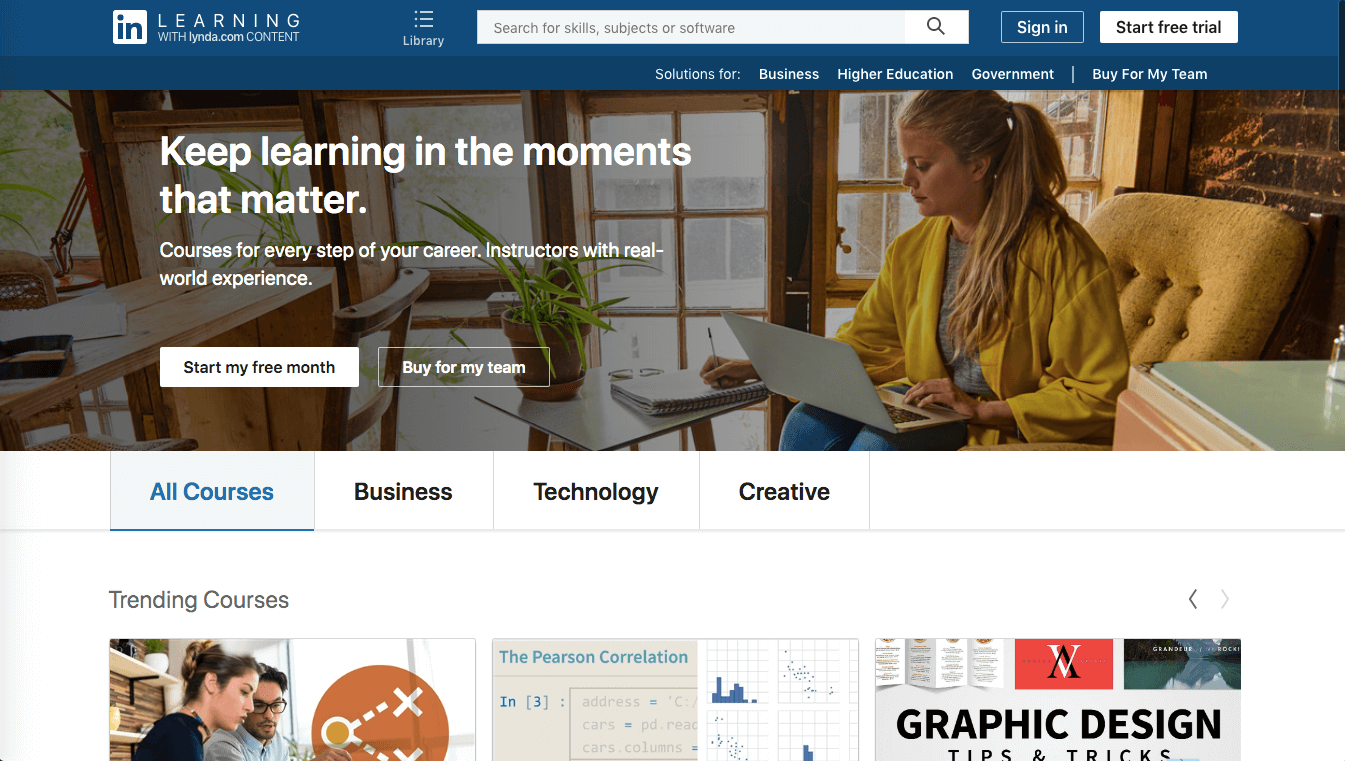
You can find courses in a wide range of topics covering creative skills, AEC (Architecture, Engineering, & Construction), Animation, 3D modeling, CAD, business skills, and technology skills. Start with one or two topics that you are most interested in learning or topics that will help you advance your career goals.
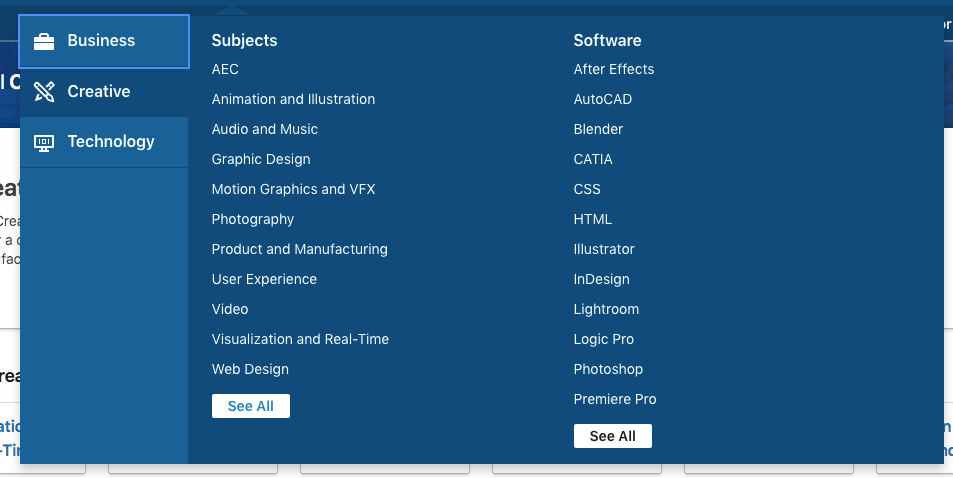
You can browse the courses without being logged in to get a preview of what LinkedIn Learning offers. For example, in the AEC category, you can find a huge range of sub-categories ranging from architectural design to 3D skills to highly technical topics.
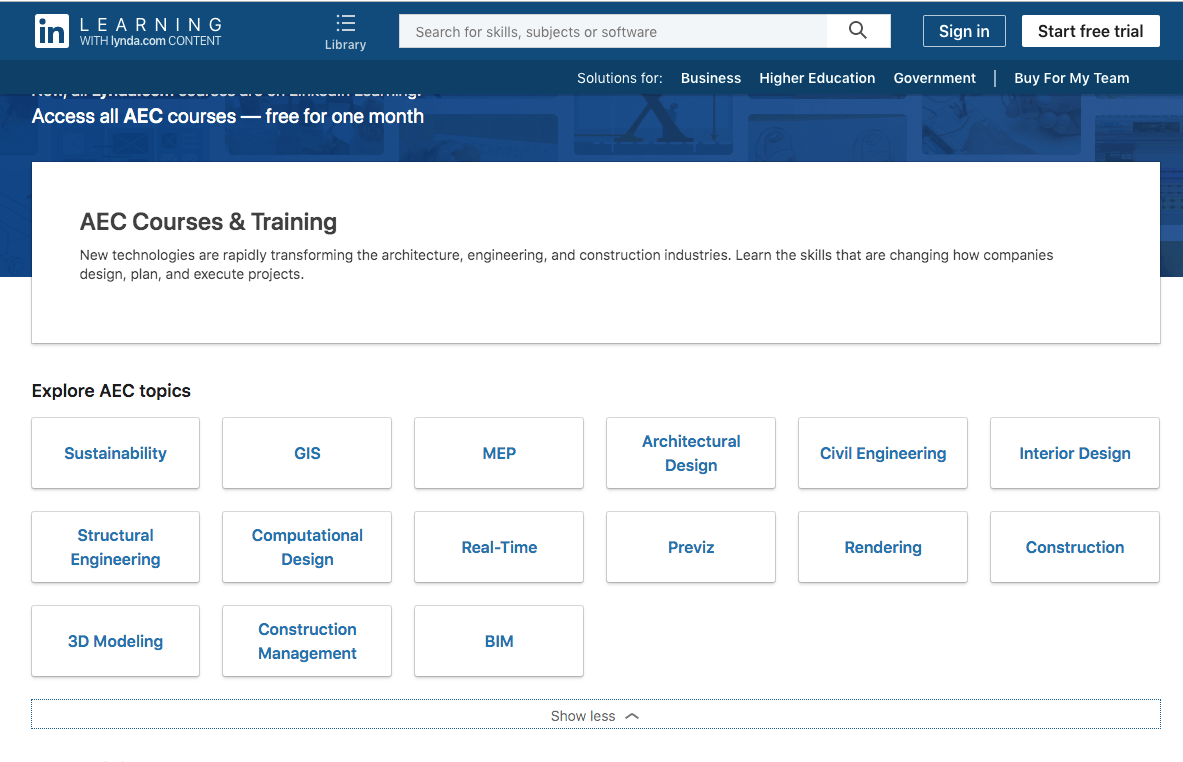
If you are interested in learning 3D and Animation, you can discover literally 400+ courses in this category.
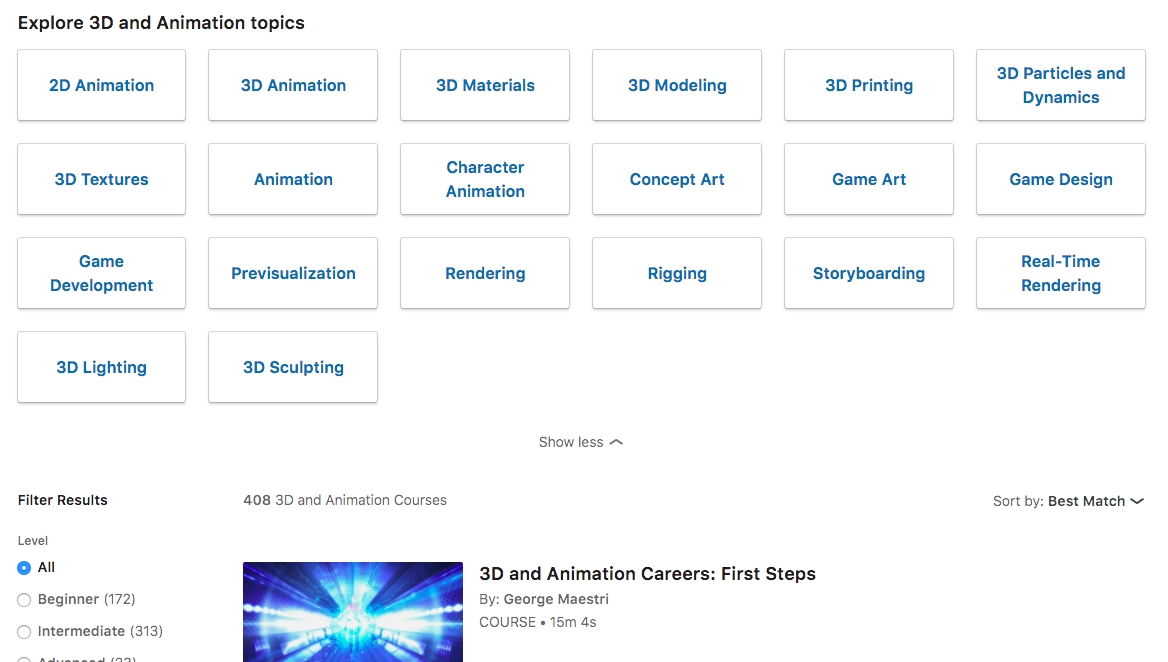
There are many great options to get started with the basics of a new skill. Taking an introductory design course will equip you with the basic knowledge, the right tools, and the right technical words. As a result, you will sound more professional and knowledgeable, even if you still consider yourself a beginner.
Free Option: Youtube Video Tutorials
An alternative, free option is to watch Youtube videos produced by architects, designers, 3D visualization artists, and BIM specialists.
These are usually more bite-sized increments that focus on learning a specific topic, tool, or method in a design software. When you have limited time or want to learn something specific, this is a good way to discover more.
- Recommended Reading: The 8 Best Youtube Channels to Learn Architecture & 3D Rendering
One of the best Youtube channels for learning architectural representation is Show It Better.

You can find software-specific channels, too. Check out Balkan Architect, which is an excellent source for Revit videos.
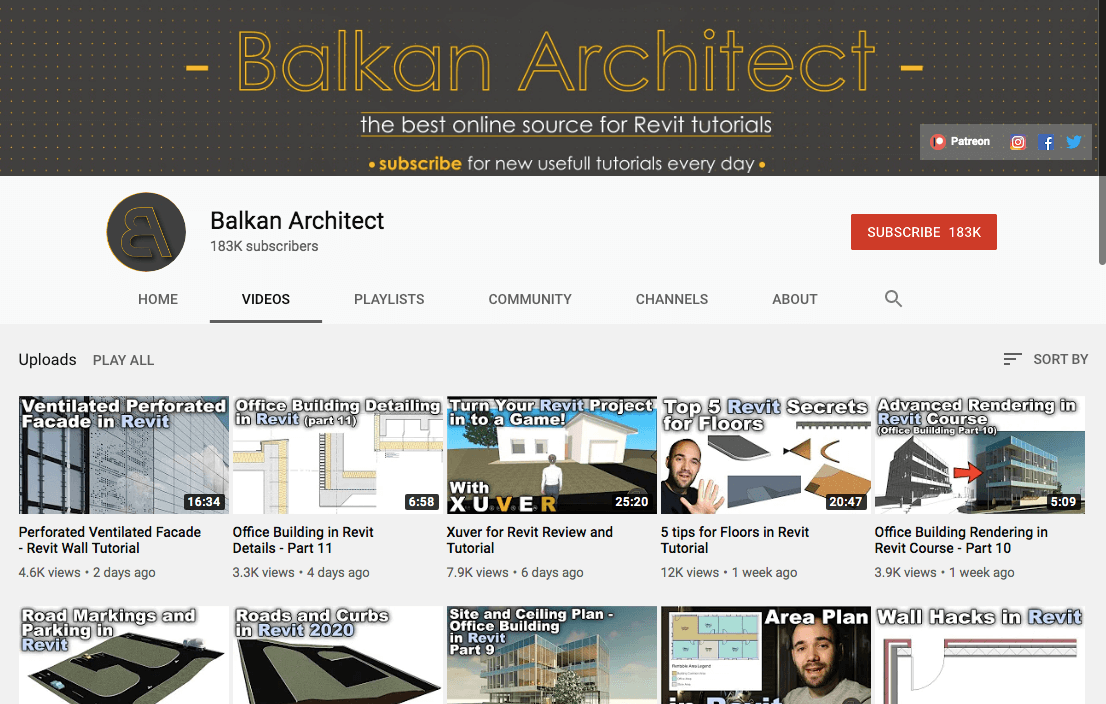
You can also find great 3D architectural visualization and post-production videos on Youtube. Oftentimes, these videos show you a timelapse of the process. It’s not a guided tutorial, but it can give you insight into how to do 3D rendering post-production to make a stunning architectural graphic for your project.
If you are already comfortable with using Photoshop and creating 3D renderings, you can watch this video to learn new tips and tricks in the post-production process (it’s one of the first ones I watched to learn about this!): Architecture Visualization Render by Gradinar Razvan.
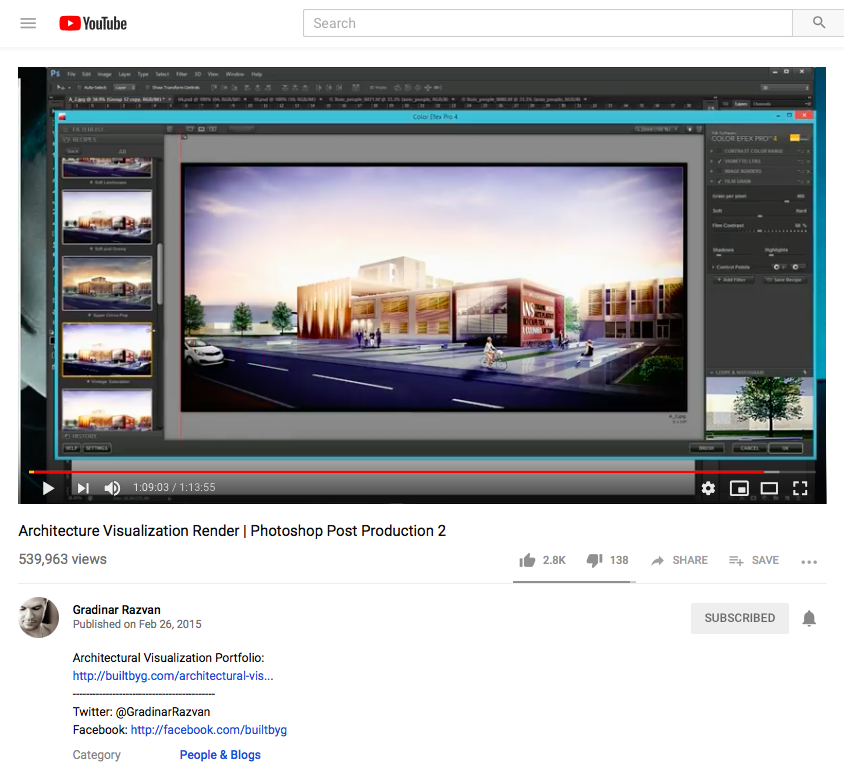
2. Read Every Day
Reading is a fantastic way to broaden your perspective on design and architecture. Even one book a month will amount to twelve books per year. Books can teach you new design skills or business skills that can accelerate your success.
What should you read? The sky is the limit here, but you can start with recently published books or older foundational works for your specific area of specialization.
This may include architectural or design theory books, design monographs, or technical handbooks. If those are too dense, you may consider fiction books, especially classics that take place in cities you’ve visited or lived.
For freelancers, creative entrepreneurs, or those of you who are thinking of starting your own design business, you should definitely check out business, marketing, and entrepreneurship books.
If you’re looking to become a better designer, reading will fill your mind with great design, inspiring architecture, and high-quality ideas.
3. Research More
Doing small amounts of research regularly can make a huge difference in your knowledge about architecture and design topics. It will provide you a great source of inspiration and new ideas. You will gain awareness of what’s already been done by studying past precedents, which can inform your design decisions.
Research can involve many different topics, methods, and approaches. However, you don’t have to embark on a massive, time-consuming research project or produce dissertation-level work!
Use a notebook or journal to record ideas, ask questions, save references, and write down notes. I’m constantly on the lookout for interesting research ideas, and I use both a paper notebook and a Trello board to record names, places, or other references that I want to go back later and research more.
4. Master the Fundamental Skills
Throughout your architectural career you will need to develop a strong knowledge of architecture design and as much knowledge about history as you can manage.
Regardless of whether you are one or ten years into your career, you should regularly revisit the basics. Set goals for yourself to work on the fundamental design skills. That way, you can build more complex, creative ideas on top of that solid foundation.
For example, you could spend 15 to 20 minutes every day for one week on the basics. Practice, practice, practice… until it becomes second nature. Over time, you’ll see a tremendous improvement in your skills and how you approach your work.
It will help you learn to think deeper with greater insight and clarity. Also, it will also give you more confidence so you can do higher quality work compared to an amateur.
Fortunately, the Internet is full of online tutorials. In addition to video courses at LinkedIn Learning or Youtube, I’ve rounded up a collection of my favorite tutorials over on Pinterest!
5. Experiment with 3D Modeling
3D design is becoming one of the most in-demand design skills. Thus, almost every designer can benefit from the knowledge of 3D. As 3D technology continues to evolve, there are exciting new ways that 3D and architecture overlap.
Start building your knowledge of 3D today. Learn how it can be incorporated into the design process. Gain familiarity with what can be done in 3D and how this can be used in related industries, including virtual staging, graphic design, motion design, and UX design.
A few years ago, my husband Dmitriy, who is a 3D & BIM expert, started creating high-quality digital 3D models of Gothic windows.
He started selling these 3D models on a popular site called Turbosquid so that other 3D professionals can save time and incorporate these Gothic windows into their projects. To date, he has earned over $5000 from his design skills in 3D modeling!
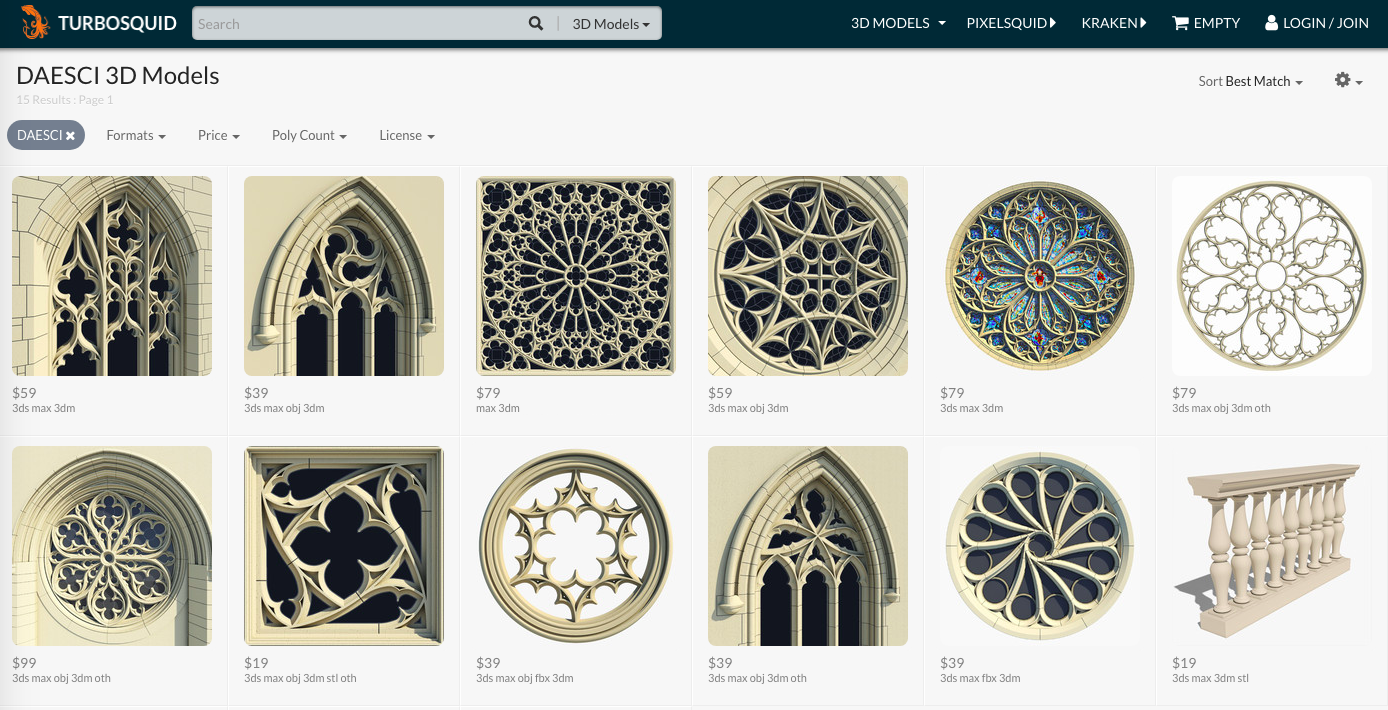
You can find a lot of 3D tools and software that have made it easier for beginners to get started with 3D modeling and 3D design. If you invest time in learning 3D, there will be huge benefits for your creative skillset.
Also, here is a video on my new Youtube channel. In this video, I go into more detail about each step.
Do you have any tips to supercharge your design skills? What have you done recently to take your skills to the next level?

Hi, I’m Elizabeth! I’m an Web & Architectural Designer, Brand Strategist, Digital Course Creator, and Business Coach for Designers, Aspiring Architects, and Service-Based Entrepreneurs. I help designers and aspiring architects thrive in the design world by organizing their life, mastering their mindset, learning architecture & design skills, and building a professional career or online business they love. – Read my full story here!

